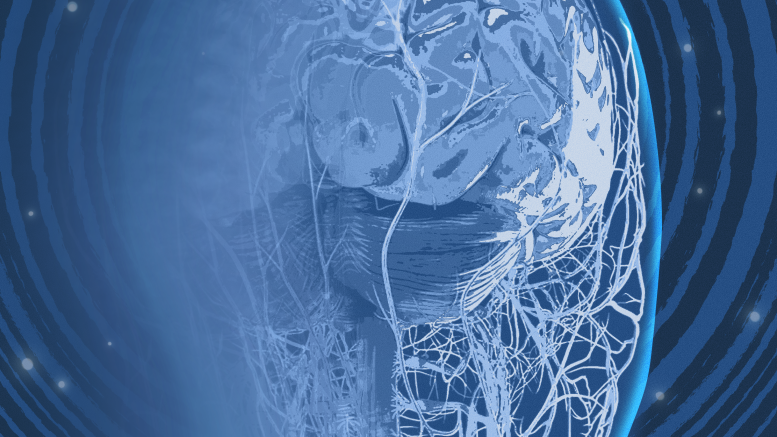Recent research at the U of M explores how nano-magnets can simulate neural networks, potentially transforming computer efficiency and reducing energy consumption.
Robert Stamps is a professor and head of the department of physics and astronomy at the U of M.
His enthusiasm for physics, mathematics and philosophy motivated him to pursue a career in physics.
“I was interested in many things,” Stamps said. “So I chose physics. It did everything.”
His research journey began with an undergraduate project focused on the interaction between photons and magnetic materials.
As a computational physicist, he focused on theoretical studies and conducted several closely related experiments.
“We were developing and learning about how magnetic materials in small scales can be tailored and designed so that you can use them for magnetic storage,” Stamps said.
This led him to investigate magnetism on nanometre scales, allowing for the creation of complex systems.
About 25 years ago, Stamps collaborated with a student and neuroscientist. This collaboration helped him understand the connection between magnetic systems and neural networks in the brain.
“I began a collaboration with a student and a neuroscientist,” Stamps said.
He studied how the neurons that connect with the eyes processed information even before thinking about it.
Stamps and his student explored mathematical models, which help to infer how information travels between cells in that region of the brain.
Stamps also discovered that the mathematics used to describe Hopfield neural networks, which are composed of one layer of fully connected neurons, was surprisingly similar to the principles he had been applying in his study of nano-magnets in data storage.
“They are the same mathematics I would use to describe my little nano-magnets that I was playing with for data storage.”
Over the last five to ten years, researchers including Stamps have realized the potential of nano-magnets to mimic the behavior of neurons in the brain. This revelation holds substantial practical benefits for boosting the energy efficiency of computers and has shifted his research focus toward creating systems by using magnets that mimic neurons.
Nano-magnets interact through magnetic fields rather than electric currents, which reduces energy loss and significantly increases computer efficiency.
“You don’t have energy losses due to resistance,” he said. “They will be factors of 1,000 or more [times as] power efficient.”
In the global energy economy, a significant portion of energy is consumed by servers that operate the internet and support machine learning, which is constantly growing.
Consequently, many individuals are seeking alternative methods for both conventional and unconventional computing, including the use of magnets.
For the past two decades, Stamps and his team’s research has focused on implementing different machine learning algorithms using magnetic systems.
“We’re still working on different kinds of machine learning algorithms, implementing them, trying to see how they can be implemented with magnetic systems and also how they can be applied to other problems in condensed matter physics,” he said.
His research aims to enhance computing efficiency and address key questions in complex systems within condensed matter physics.
“We’ve learned from the neuromorphic side of things and bring it back to bear on some long outstanding questions in complex systems,” he said.
Additionally, Stamps’ team collaborates with an experimental group and has gathered data using X-rays at a Berkeley light source. This research also emphasizes how nano-magnets mimic real-world complex systems like thermostats or cruise control in vehicles.
The research is linked to neuroscience theories, explaining how neural systems operate. It opens up new possibilities for understanding how nano-magnets can function in neuromorphic systems, potentially leading to more efficient computing systems.
Stamps emphasized the value and satisfaction of seeking knowledge, gaining insight and asking questions.
“The most exciting time I ever had was when I was just finishing my undergraduate degree and thinking about what to do afterwards, because I got to experience that,” Stamps said. “And once you taste it, you want to do more of it. You want to see where this leads. Because if you’ve got curiosity, you can never satisfy it. It just keeps going.”


